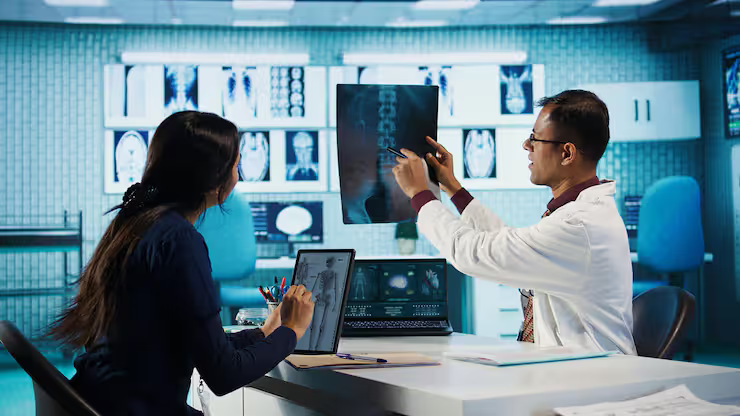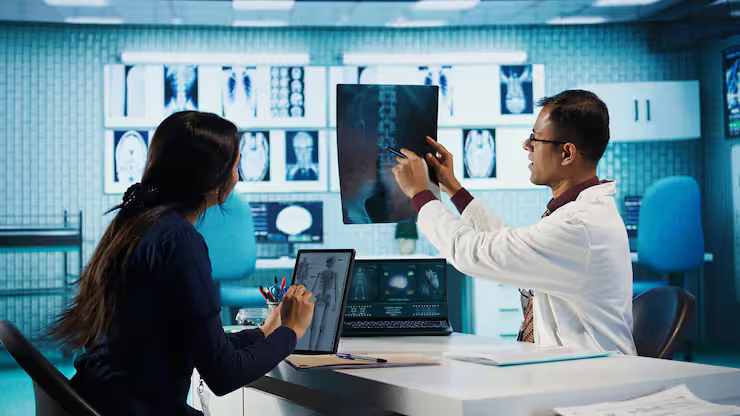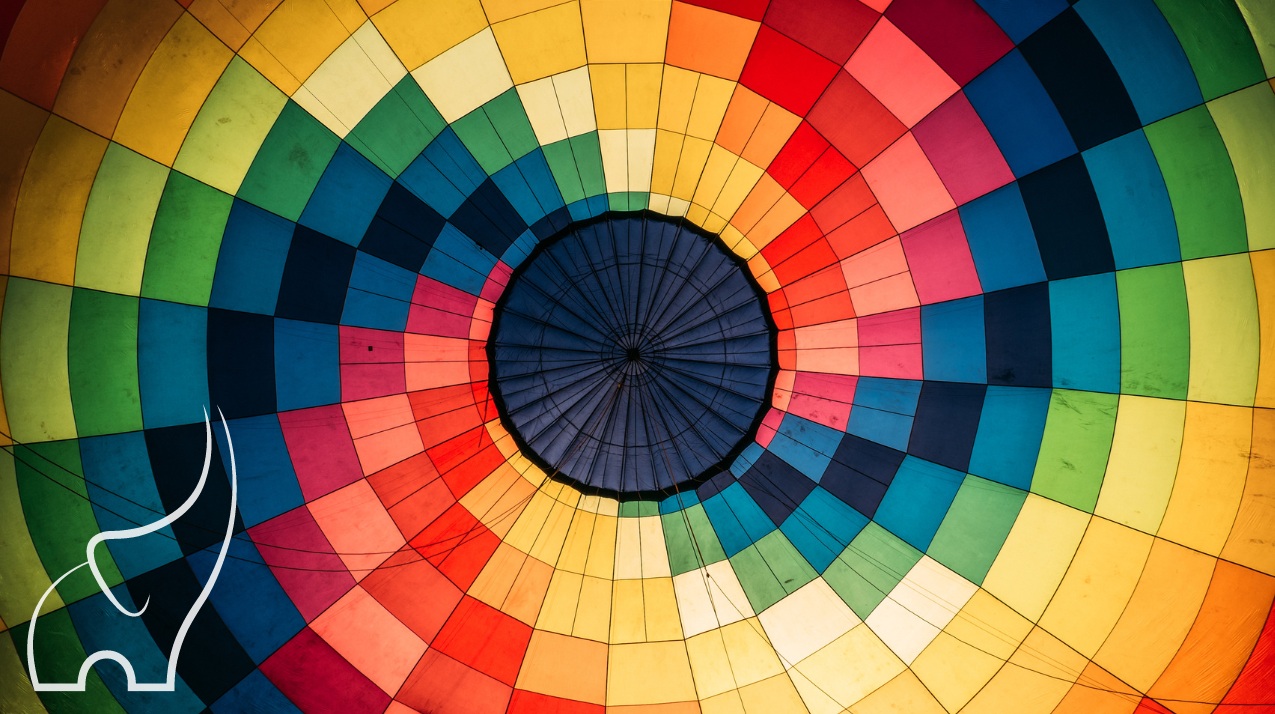X -ray inspection is a technique that uses a controlled dose of x -rays to examine the inner structure of objects, materials or products without damaging them. It depends on the principle that the x -ray goes through objects at different speeds at different speeds, depending on density and structure, and produces images that reveal the details that do not appear from the outside.
This method exists because visual inspection cannot often detect hidden errors, contaminants or structural problems. From medical applications to industrial quality control, X-ray inspection has become an important tool for protection, accuracy and scientific progress.

Why X-ray inspection means something today and what problems it solves
X-ray inspection has increased in significance as modern industry and society require high safety, accuracy and compliance.
-
Healthcare: Doctors enable doctors to detect fractures, lung conditions and hidden medical problems.
-
Food industry: Identify contaminants such as glass, plastic or metal in crowded goods.
-
Electronics: The microscers detect the sewn defects, broken circuits or defects.
-
Safety: Airports, ports and institutions rely on X-ray inspection to detect dangerous objects.
-
Production: Prevents deficient products from reaching consumers and ensuring quality control.
By solving the problem of hidden errors, X-ray inspection protects public health, maintains trust in industries and supports global security standards.
How Laws, Guidelines and Government Programs affect X-ray inspection
X-ray inspections around the world are closely regulated due to radiation safety and public health problems. Politics usually focus on safe operation, training and compliance.
-
The health system's regulation: Medical X-rays are used by healthcare professionals that limit radiation doses and mandate protocols.
-
Radiation Protection Act: Many countries require conservation, protective equipment and operator licenses.
-
Standards for food security: Agencies such as Food and Drug Administration (FDA) or European regulators approve X-ray for food quality control.
-
Safety rules in the workplace: Professional safety bodies regulate how workers handle X-ray equipment.
-
Import/export control: X-ray scanners related to safety are governed by customs and defense rules.
These guidelines ensure that X-ray inspection is used in a responsible manner, both operators and the public allow industries to benefit from technology.
Accessories and resources for X-ray inspection
Beginners and professionals can benefit from different resources that simplify learning and use of X-ray inspection.
-
Radiation dose calculator: Estimates safe risk levels for patients and operators.
-
Inspection Training Software: Offers simulation-based learning to practice reading X-rays.
-
Quality assurance Czech list: Templates that help the industries help, ensure compliance with the inspection standards.
-
The industry guidelines: Documents from health agencies and safety boards emphasize appropriate procedures.
-
Surveillance apps: Track Machine Performance, Exposure Time and Maintenance Program.
Frequently asked questions
What is the main objective of X-ray inspection?
Its primary purpose is to detect internal functions, defects or contaminants in objects or bodies, which are without destroying or changing them.
Is X-ray inspection safe for humans?
Yes, when performed under regulated conditions. Modern systems use low radiation doses, and strict safety guidelines protect both operators and patients.
Where is X-ray inspection used outside the health care system?
It is widely used in airports, food processing systems, electronics production and material testing.
What is the difference between 2D and 3D X -ray inspection?
2D shows flat images, while 3D (CT scans) provide a volumetric view, providing more details for complex structures.
Do all countries regulate X -ray inspection in the same way?
No, the rules are different, but most countries follow international security standards set by organizations such as International Atomic Energy Agency (IAEA).
Conclusion
X-ray inspection is one of the most powerful devices available to ensure safety, quality and reliability in many areas. It originates as a medical clinical tool, but now plays a role in health care, industry, food security, electronics and safety.
Recent updates shed light on the integration of artificial intelligence, low-khurak radiation and advanced 3D imaging, making the process safe and more efficient. At the same time, strict rules ensure that use remains controlled and responsible.
For beginners, learning about X-ray inspection provides information on how modern society maintains trust in products, protects human health and improves global safety. With awareness of the right tools, resources and laws, individuals and organizations can better understand and apply this essential technique in everyday life.

